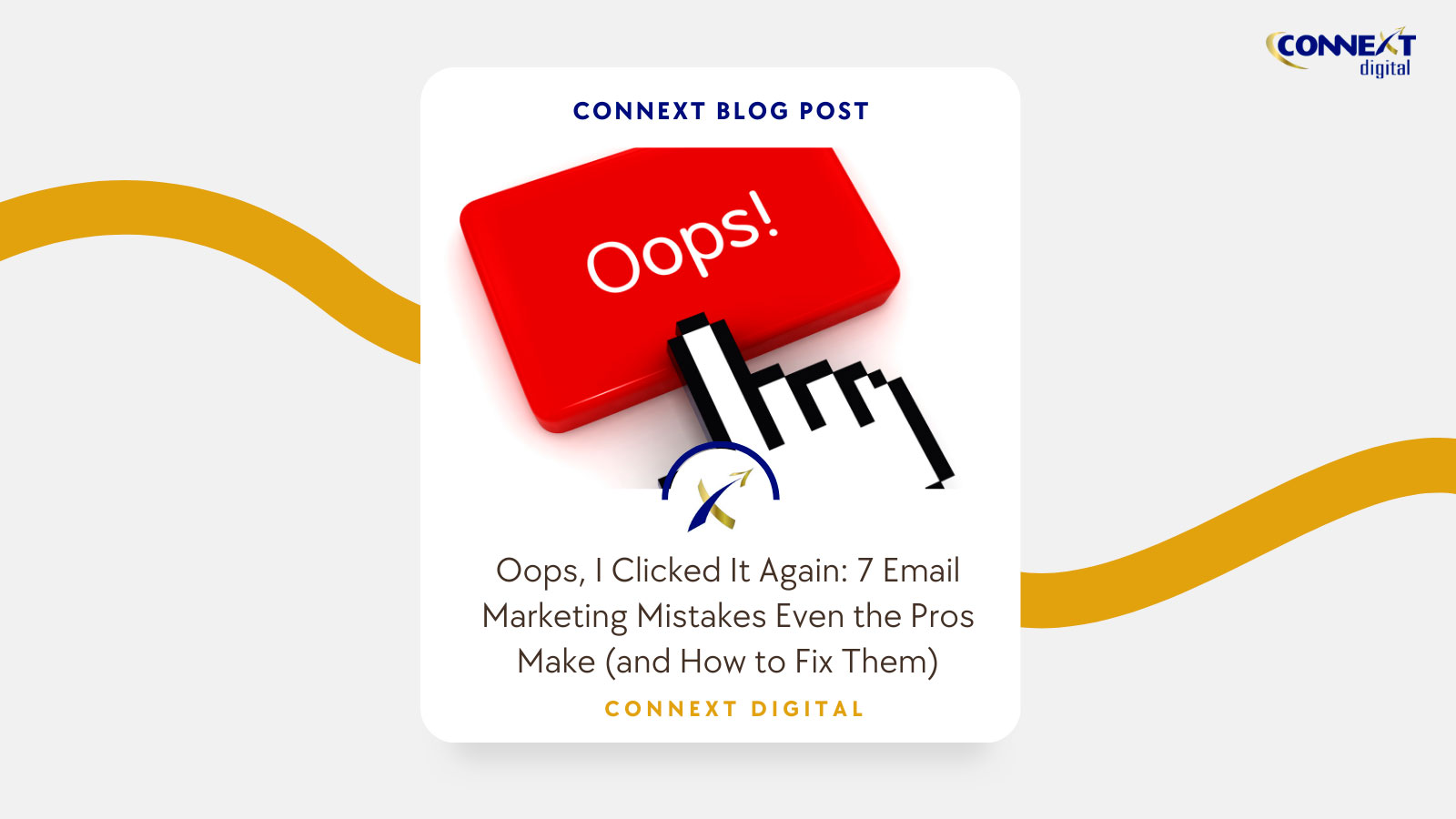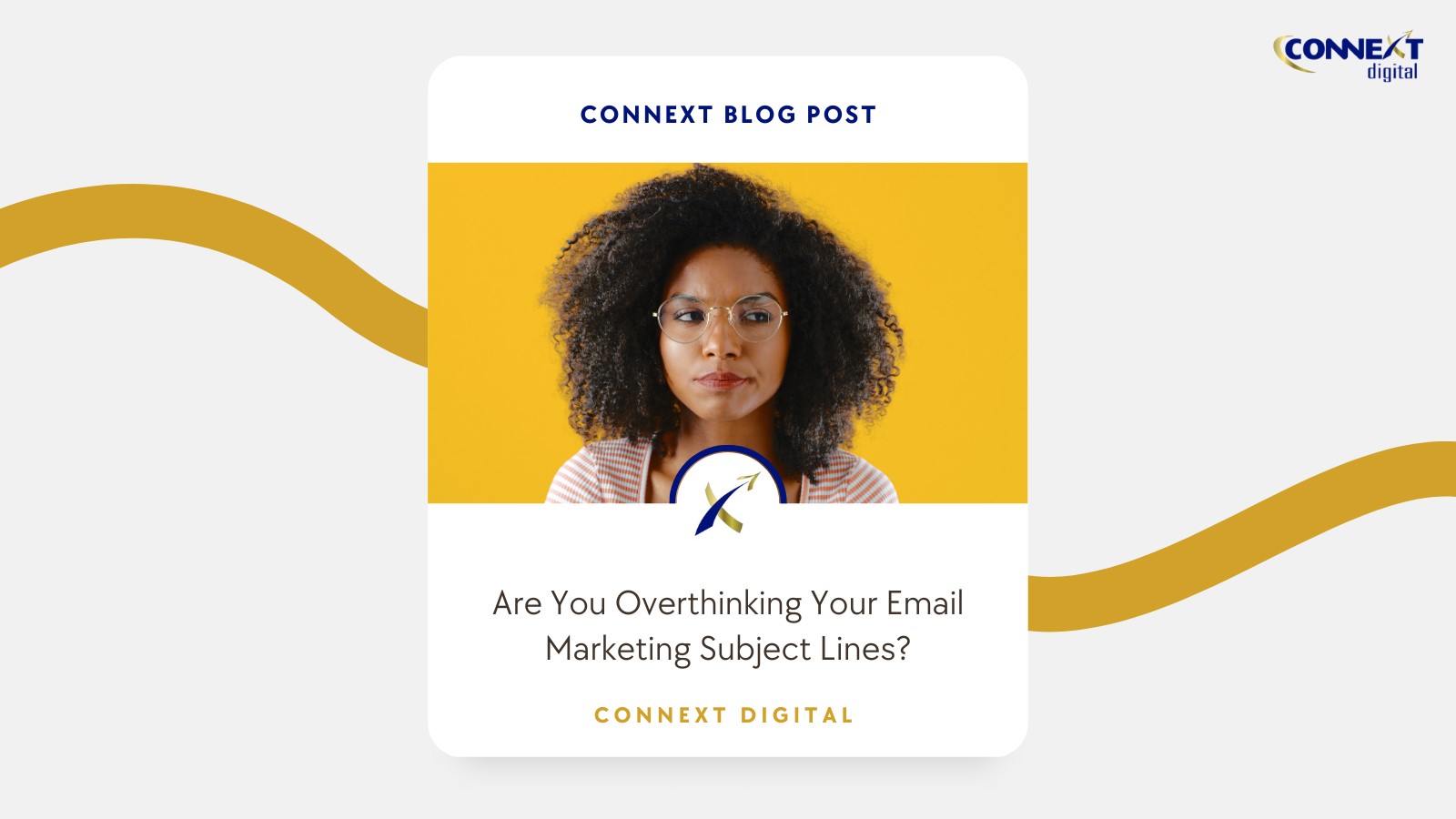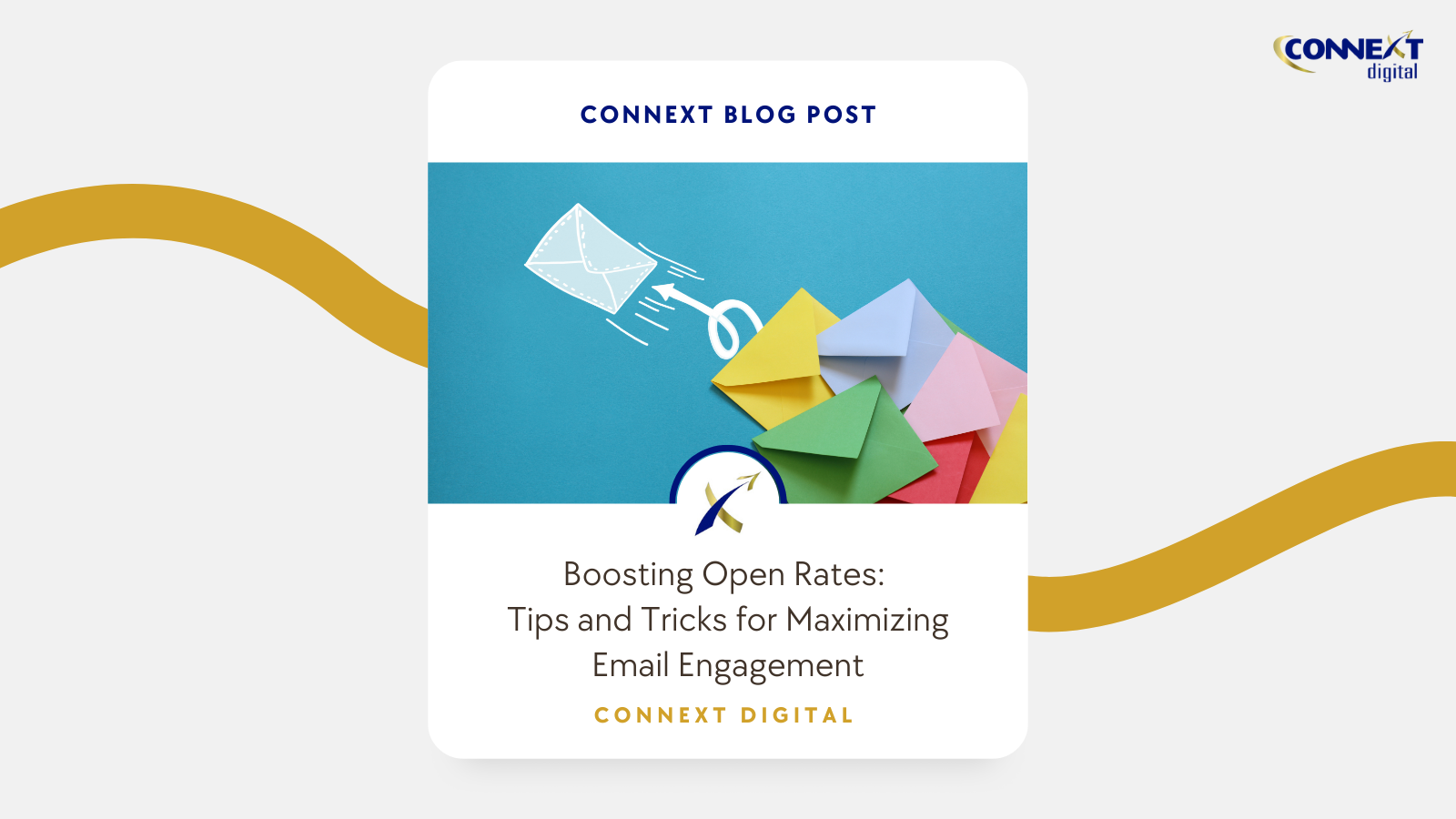
6 Legendary Marketing Mishaps You Should Learn From
Marketing plays a significant role in promoting a brand and it’s products and services, especially if they’re introducing something new. Influencing your audience’s opinion and behavior while hitting all the right notes in marketing is no easy task. Thus, developing an effective and well-tuned marketing strategy is crucial in executing successful campaigns.
However, there are times when brands miss some marks because of a miscalculated attempt to stand out from the competition. We’ve collated some of the worst marketing errors that huge brands have committed over the past years. Learn from them to avoid these same mistakes
1. The New Coke Fiasco
In 1985, the big-name soda company tested out a reformulation of their soda recipe, which unofficially became known as New Coke.
The reformulation’s result was a catastrophe. It received backlash, and many people resented the reformulation to the point that Coca Cola’s Atlanta HQ received thousands of complaints daily. They even hired a psychologist to attend to the calls. The interesting bit is, many people gave the new taste high marks. But as it turned out, people want the same Coke they grew up with—the “real” taste of their favorite drink.
Brands always find ways to innovate and step up their game. However, this principle did not work for Coke. The infamy was dubbed as the “marketing blunder of the century,” and was born out of Coca-Cola being too good at marketing that they overlooked its iconic brand.
2. The H&M Racist Gaffe
The fast-fashion titan came under fire when they released a photo on their website of a child of African-American descent modeling a sweatshirt with the slogan “Coolest Monkey in the Jungle.” Customers called out the brand on social media for its racism and lack of cultural sensitivity. Artists The Weeknd and G-Eazy even cut ties with the brand following the offensive image.
Since the offensive mishap, H&M hired a diversity leader and issued a public apology that was promoted at the top of their website. The company immediately took down the pictures from all their channels as well as the garment in question from their global catalog. This reminds marketers to take a step back, look at the big picture, and work with a diverse team to keep an eye on issues like this.
3. Blockbuster’s Strategic Boo-Boo
What was once a well-known chain for the VHS and DVD rental industry has since been reduced to just one physical store left in the world. The video rental company failed to adapt to digital fast, especially when Netflix came out and shook the entertainment industry with online video streaming.
Blockbuster didn’t fail because of a marketing mishap. The company failed because it fell behind, causing self-destruction when they stuck with traditional retail outlets, refusing to enter the online revolution despite the winds of change pushing the movie and video industry to evolve. They were doomed then and there. The lesson here is: adapt or be forgotten.
4. Susan Boyle’s Album Twitter Hashtag
Susan Boyle’s album release hashtag is a prime example of why marketers must always double-check their marketing copy. Boyle’s social media marketing used the hashtag #susanalbumparty to promote the release of the singer’s album. However, the PR fail became a laughing stock all over Twitter for an obvious reason.
Boyle’s PR team quickly changed the hashtag to #SusanBoylesAlbumParty for damage control. The mistake, however, drew unprecedented attention. Publicity is still publicity, after all. Even so, something as simple as a campaign hashtag—an important tag to help your audience find your content easily—can make or break a message.
5. The Controversial Pepsi and Kendall Jenner Ad
The adverse reaction to Kendall Jenner’s Pepsi ad started the moment she opened her can of Pepsi. Amid 2017’s political activism events and #BlackLivesMatter protests, Pepsi’s exploitation was seen as a tone-deaf ad in action. This served as one of the biggest marketing fails of 2017.
The ad features a group of young people holding signs like “Join the Conversation” and “Love,” culminating with Jenner taking off a wig as she leaves a photoshoot and joins a protest where she gives a police officer a can of Pepsi as a peace offering, saving the day.
The ad was ridiculed for being tone-deaf and exploitative, which prompted Pepsi to take it down. The lesson here for brands is, if they insist on interlacing social messages into their marketing, it should be sincere and must take a solid stance, like the Colin Kaepernick ad by Nike.
6. Heineken’s Racist Commercial
When Heineken’s “Sometimes Light is Better” campaign launched in the U.S., the ad gained immediate backlash, forcing the brand’s U.S. division to pull it out. The ad featured a beer sliding down a bar, being passed down from dark-skinned people until it makes its way into a light-skinned woman’s hand. The video gave off a sour interpretation and was blasted for lack of racial sensitivity.
It came under intense fire when Chance The Rapper expressed his scrutiny on Twitter, saying it’s “terribly racist.” Heineken immediately issued an apology for missing the mark, and that they will use the error to influence future campaigns. This is an example where it’s crucial to hire a diverse marketing team to spot potential errors like this before it goes live.
Learn From These Marketing Fails
Regardless if you’re the best marketer around, you’re still susceptible to mistakes. You’re only human, and mishaps are bound to happen one way or another. But gaffes like the examples above went too far, resulting in irreversible consequences.
Use these marketing fails to develop sound marketing strategies. Conduct customer profiling and segmentation to understand your customers on a deeper level, and therefore, create compelling and successful campaigns.







What’s up it’s me, I am also visiting this website regularly, this web site is in fact nice and the viewers are in fact sharing fastidious thoughts.|